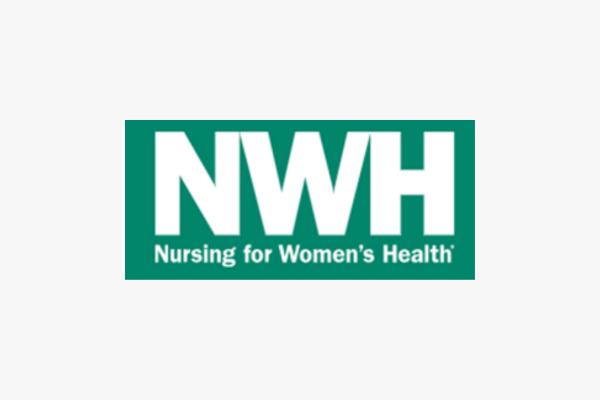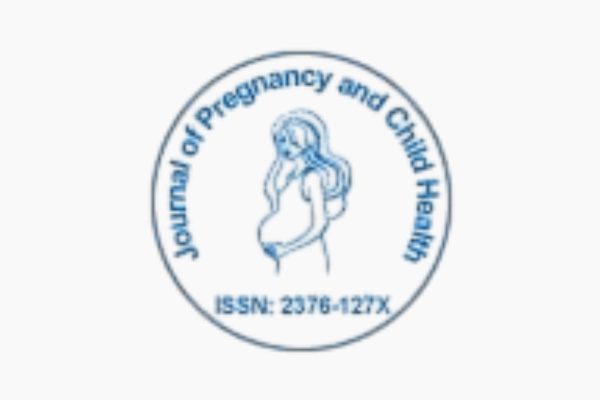Making Second Stage Labor A Better Experience
Articles
Evidence Based Practice
What is Evidence-Based Practice in Nursing? Evidence-based practice in nursing involves providing holistic, quality care based on the most up-to-date research and knowledge. Learn about evidence based practice in nursing, why it’s essential, and how to implement it using five steps and four levels of evidence.
Level A
Level A acquires evidence from randomized, controlled trials and is considered the most reliable.
Level B
Level C
Level C typically gets implemented when there is limited information about a condition and acquires evidence from a consensus viewpoint or expert opinion.
Level ML
When you use the principles of evidence-based practice in nursing to make decisions about your patient’s care, it results in better outcomes, higher satisfaction, and reduced costs. Implementing this method promotes lifelong learning and lets you strive for continuous quality improvement in your clinical care and nursing practice to achieve nursing excellence.
Clinical studies have consistently shown that the use of mirrors during the second stage of labor can lead to improved maternal outcomes and a more positive birthing experience. Research indicates that mirrors not only enhance a woman’s sense of control and engagement during delivery, but also contribute to shorter labor times—reducing the second stage by an average of 19 minutes. These findings highlight the practical value of visual feedback in empowering patients and supporting more efficient deliveries. Don’t just take our word for it—explore the studies and articles that support these results and see how mirrors are transforming labor and delivery practices around the world.
From The Heart Of Healthcare











